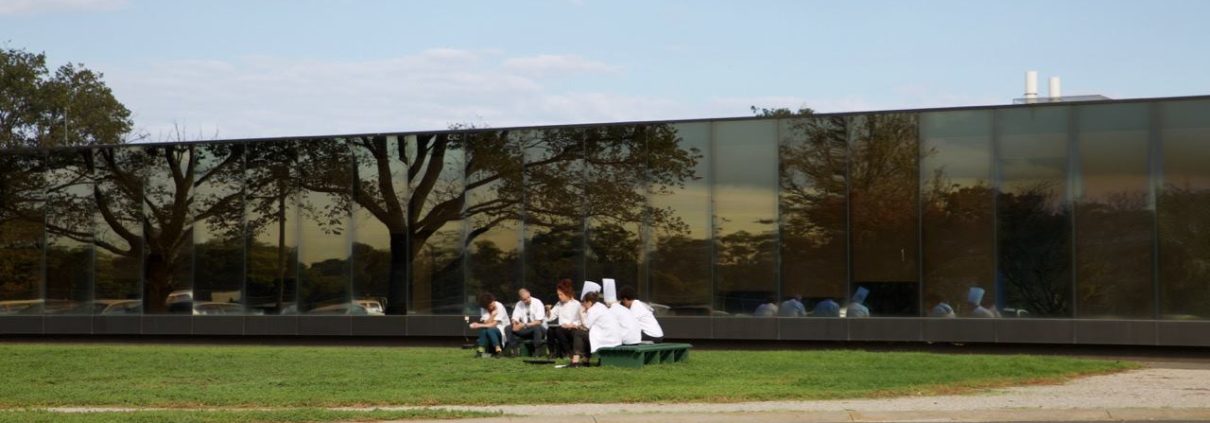News
Aesthetics, Politics and Histories: The Social Context of Art AAANZ Conference 2018
December 5-7, 2018, School of Art, RMIT University, Melbourne, Australia
Public Art at the Periphery: Resistance and Flow in Research
Key words: Social economies, authorship, labour practices, collaboration
The Rogue Academy brings together curators, artists and academics who have used public art to explore sites at the periphery of culture. In The Western Treatment Plant, the Mission To Seafarers, Victoria and in the deindustrialisation of Geelong three recent projects have commissioned artists to reveal a set of communities and histories that would otherwise go unnoticed. These projects, have caught the attention of creative practitioners, who sense a breach and opportunity to test the aesthetic possibilities and limits of creative practice in these places. But outside of amplifying the aesthetic experience of site, we ask the question: does public art matter? The commitment to the fact that something matters comes out of Martin Heidegger’s, ‘The Origin of a Work of Art’, where he illustrates that for truth to reveal itself something has to be ‘set’ up so something at stake can appear. The critical work we suggest emerges when there is something at stake. In temporary public art projects, as they have been applied at these three sites, the role of the artist, the curator, the academic and the educator blur to bring events into being – but what was at stake? Drs Cameron Bishop, Anne Wilson, and Fiona Hilary are brought together by co-founder Amanda Shone, of The Rogue Academy, to analyse and debate these questions from three perspectives to interrogate the role of the artist, curator, and academic in these large-scale temporary public art projects taking into account their often interchangeable and interdependent nature.
Image: Amanda Shone View de Ponds, 2017, Treatment Flightlines Project curated by Cameron Bishop


